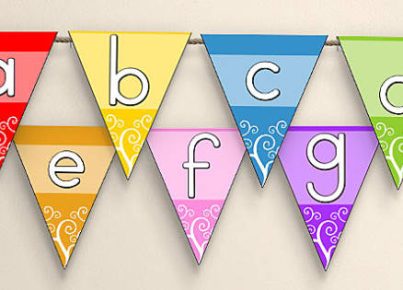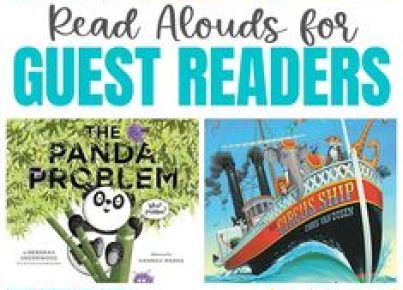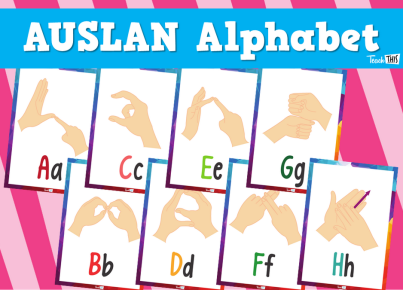This is a ground of words that can be comprehended through verbal language. In other words, listening vocabulary consists of the words students need to know to understand what they hear. Learning new words is a continuous process. Usually, by the time people reach adulthood, roughly fifty thousand words are recognized and understood by them. Though deaf students aren’t exposed to a listening vocabulary, they can use signing models at school or home for exposure to a “visual” listening vocabulary. However, the amount of words modeled is significantly lesser than the incidental listening vocabulary of students who can hear.
Typically, students vent their frustration with vocabulary difficulties in various ways. While some may feel they fail to understand most of what they are listening to, others may tend to use the same words repeatedly when responding to what they hear. Problems with listening vocabulary will make their interest in the language dwindle, which could decrease the effort they would have otherwise put in to read, write, listen to, and learn new words.
In a classroom with difficulties in listening vocabulary, a teacher could notice how students question several words in a grade-appropriate text, fail to make connections between words in different sections of the text, or just can’t find suitable words to describe or respond to something.
Teachers can use different strategies to teach and enhance the listening vocabulary of their students. First, they can use word games and exercises that target different sets of words. Some could focus on basic or familiar vocabulary relating to everyday life, places, time, dates, work and leisure, and common activities. Others may involve a speech, monologue, and conversation between two or among a group of people. Each of these drills and games presents different vocabulary groups, starting from the frequently used and subject-specific ones to those not commonly used.
Second, they can help students accept a new word or expression and remember it the next time they hear it. Typically, students need something to tie such new words or expressions to remember them. Teachers can help them with it by providing them a context. For instance, they can encourage students to notice clues to the meaning in the context of listening to the “text.” Getting them to perform an action or showing them pictures to help them remember that specific action or image, and thus, the word or expression linked to it when they hear it again later is another great way to boost listening vocabulary.
Third, teachers can encourage students to look up unknown words (and even find their synonyms or antonyms) to help improve listening vocabulary and comprehension.




